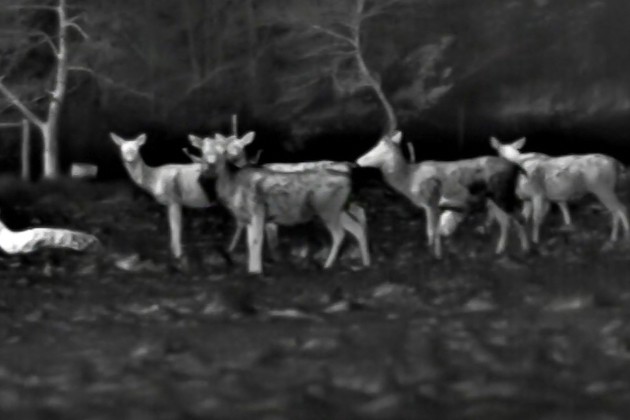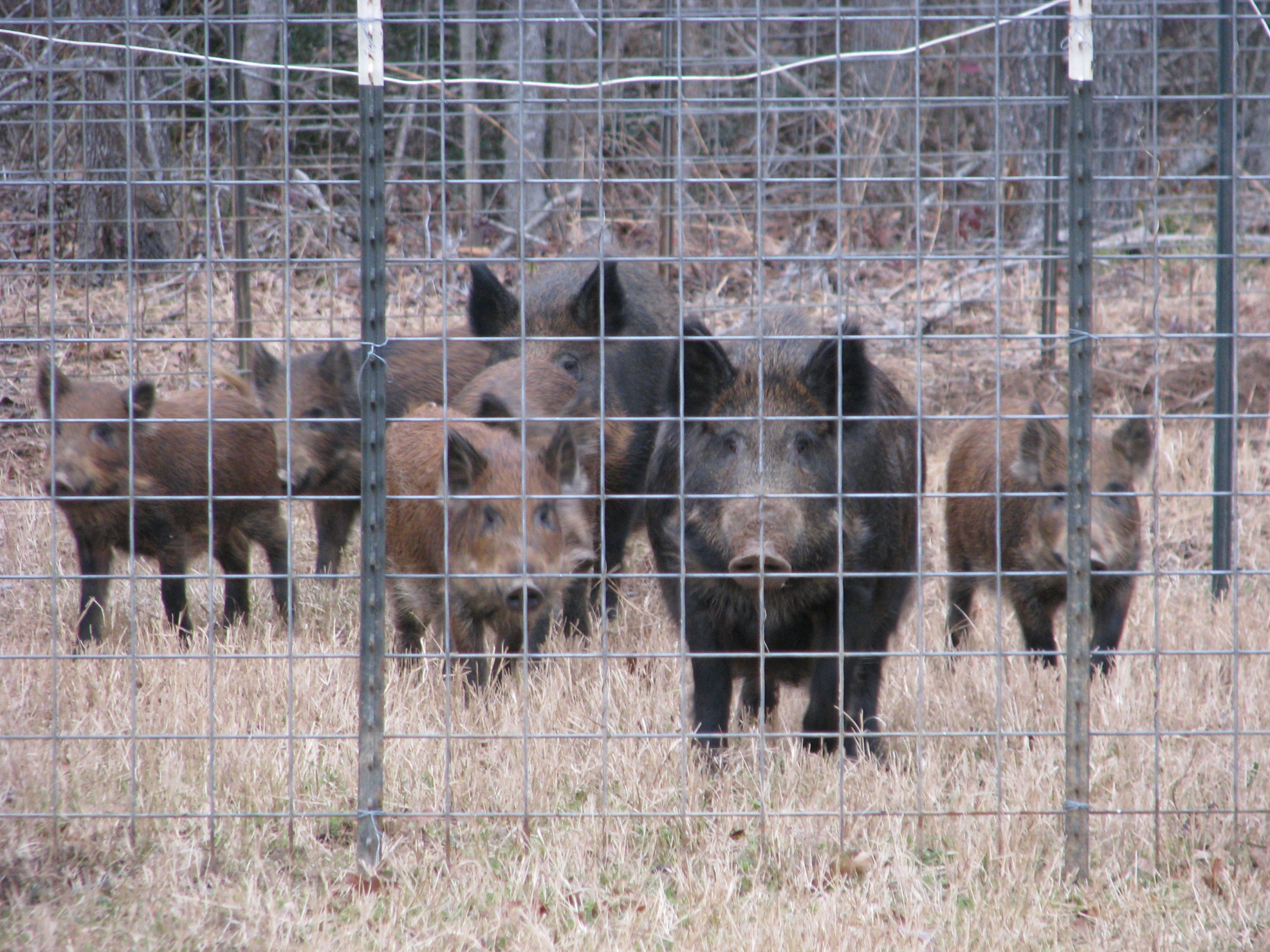
The Environment and Communication Committee, which took three-years to investigate the issue, estimated the annual cost to agricultural businesses from deer, pigs and goats “runs into hundreds of millions of dollars”.
The report recommends long-term funding for a national plan on deer, pigs and goats. Many of the recommendations were deer-specific, such as encouraging all states and territories to classify them asenvironmental pests rather than a game animal.
The North Queensland Register reported Invasive Species Council chief executive Andrew Cox said while still incredibly destructive, farmers had learnt to live with pigs and goats, but deer were a new and rapidly expanding threat – in NSW alone deer were expanding by a million hectares every year.
The latest ABARES pest survey found feral deer were the most commonly reported pest animal that recently arrived on properties, more so than kangaroos, feral pigs and wild dogs.
“The inquiry reinforced the alarming finding that the potential distribution of deer could occupy almost the entire continent,” Mr Cox said.
“We’re at a point where we need to hold the ground, draw a line in sand and stop the advance.”
The committee heard evidence from landholders that feral deer had caused water spoilage, erosion, damage to fences, tree crops and shelter belts, along with increased competition in grazing pastures. No guessing thatMr Ted Rowley was one of the submissions.
“Consistent with our neighbours, our experience is that ground shooting utilising occasional professional and commercial shooters and recreational hunters, together with our own very intensive shooting efforts, is failing to control feral deer populations to a level where impacts are acceptable to our business and environmental sustainability”Ted Rowley
Committee chair Senator David Fawcett, said landholders should be empowered to manage feral animals on their land.

“The impact of feral species is expensive and landholders bear much of this cost,” Senator Fawcett said.
“Feral pig management alone is estimated to have cost Australian landholders $47.7 million in 2019.
“The Committee also recognised that effective feral species management is delivered through the coordinated efforts of all stakeholders including landholders and all three tiers of government.”
Mr Cox applauded the recommendation to direct the Productive Commission to review the costings and funding models necessary to manage invasive species.
Of the 17 recommendations, Mr Cox was “a bit nervous” about the one calling for the commercial harvesting of feral deer.
“That could be of benefit, but it’s at risk of locking in the damage,” Mr Cox said.
“Goats are a good example of how commercialisation has aided and abetted the situation, with farmers harbouring goats to the detriment of the environment.”
Shooters Union Australia president Graham Park welcomed the commercial harvest of deer and said “people dance around any sort of hunting solution because of ideological or political reasons”.
“We have a thriving kangaroo meat industry and there is no reason venison couldn’t join it,” Mr Park said.
The inquiry found recreational hunting was “not an effective standalone control measure” for invasive species and declaring deer as a pest would not limit hunting.
Tasmania has taken a more pragmatic approach to the inquiry findings. Primary Industries minister Guy Barnett’s spokesman would not be drawn on whether the minister would remove current legislative protections on wild deer but said that the government would maintain a sensible balance between managing deer on private and public lands, and retaining a deer herd as a traditional hunting resource.
Hopefully, common sense prevails when the action plans are delivered, and recreational hunting is used as one of the many tools to control the numbers of all declared feral animals.

0 Comments